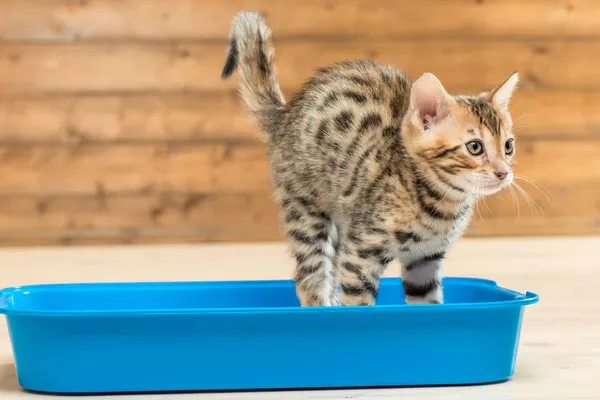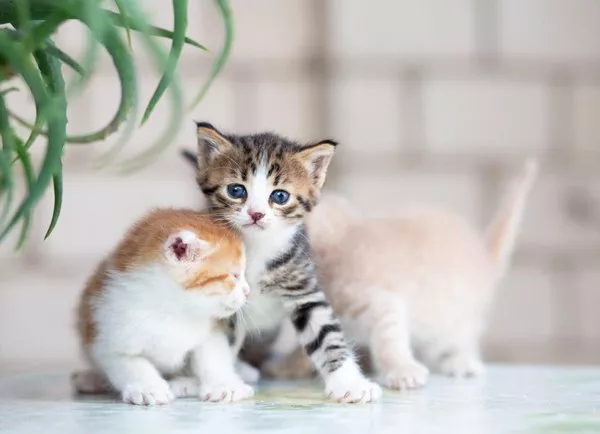Balinese cats, with their striking appearance and enigmatic charm, have captivated the hearts of feline enthusiasts worldwide. As we delve into the world of cat breeds, one question often emerges: Are Balinese cats rare? In this article, we will explore the unique characteristics of Balinese cats, their origin, and the factors that contribute to their perceived rarity.
The Elegance of Balinese Cats
Balinese cats are known for their exquisite elegance, often mistaken for their close relatives, the Siamese cats. The Balinese breed, however, distinguishes itself with its distinct long-haired coat, resembling a luxurious, flowing mane. This breed’s allure lies not only in its physical appearance but also in its friendly and sociable nature, making them sought-after companions for cat lovers.
Unveiling the Origins
To understand the rarity of Balinese cats, we must first unravel their origins. Balinese cats trace their roots back to the Siamese breed, originating in Southeast Asia. The breed’s name is derived from the graceful dancers of Bali, reflecting the cat’s sleek and graceful movements. Despite their Siamese ancestry, Balinese cats possess unique traits, including their striking blue almond-shaped eyes and long, silky fur.
Distinctive Features of Balinese Cats
Balinese cats are celebrated for their distinctive features, setting them apart in the feline world. Their sleek bodies are adorned with a silky coat, featuring a color point pattern similar to Siamese cats. The most distinguishing characteristic, however, is their long, luxurious tail, adding to their regal appearance. This combination of elegance and unique features contributes to the allure of Balinese cats.
Perceived Rarity: Myth or Reality?
The notion of Balinese cats being rare has sparked curiosity among cat enthusiasts. Contrary to popular belief, the rarity of Balinese cats is not solely based on their population numbers. Instead, it stems from the challenges of breeding and maintaining their specific characteristics. The long-haired gene is a recessive trait, making it more complex to produce Balinese cats compared to their short-haired counterparts, contributing to their perceived rarity.
Balinese Cats in the Breeding World
Breeders play a pivotal role in shaping the population and characteristics of Balinese cats. Due to the recessive nature of the long-haired gene, breeding Balinese cats requires careful selection to maintain the breed’s standards. This selective breeding contributes to the perception of rarity, as breeders must navigate the intricacies of genetic inheritance to produce Balinese cats with the desired traits.
The Influence of Genetics
Understanding the genetics behind Balinese cats sheds light on their perceived rarity. The long-haired gene, when paired with the color point pattern inherited from Siamese cats, creates the distinctive appearance of Balinese cats. However, the complexity of genetics also means that not every mating will result in the desired outcome. This genetic variability adds an element of unpredictability, further contributing to the perception of Balinese cats as rare.
Balinese Cats as Companion Animals
Beyond their physical characteristics and genetic intricacies, Balinese cats are cherished for their affectionate and social nature. Their love for human interaction makes them ideal companions, and their engaging personalities have contributed to their popularity among cat enthusiasts. Despite the perceived rarity, the demand for Balinese cats as loving pets continues to grow.
Conservation Efforts and Preservation
As awareness of Balinese cats’ unique qualities spreads, efforts to preserve and protect the breed have intensified. Responsible breeding practices, education on the breed’s distinct characteristics, and collaboration among breeders contribute to the conservation of Balinese cats. While they may be perceived as rare, these efforts aim to ensure the continued existence of this captivating breed for future generations.
The Role of Adoption in Balinese Cat Popularity
Adoption plays a crucial role in shaping the population dynamics of Balinese cats. As more people become aware of the breed’s charm and distinctive traits, the demand for Balinese cats through adoption has increased. This shift in preference from traditional breeding to adoption may influence the perception of Balinese cats’ rarity in the future.
Conclusion
In conclusion, the perceived rarity of Balinese cats is intricately woven into their genetics, breeding challenges, and the distinctive features that set them apart. While their numbers may not be as abundant as some other breeds, the increasing awareness, conservation efforts, and growing adoption rates contribute to a hopeful future for this elegant and captivating feline companion. As we celebrate the uniqueness of Balinese cats on their own terms, it becomes evident that their allure extends beyond mere rarity – it lies in the enduring charm and companionship they offer to those fortunate enough to welcome them into their homes.
Related Topics:
The Definitive Guide: Balinese Cats Live Longer
Why Balinese Cats are Great Companions?
How long can Balinese cats be left alone
























